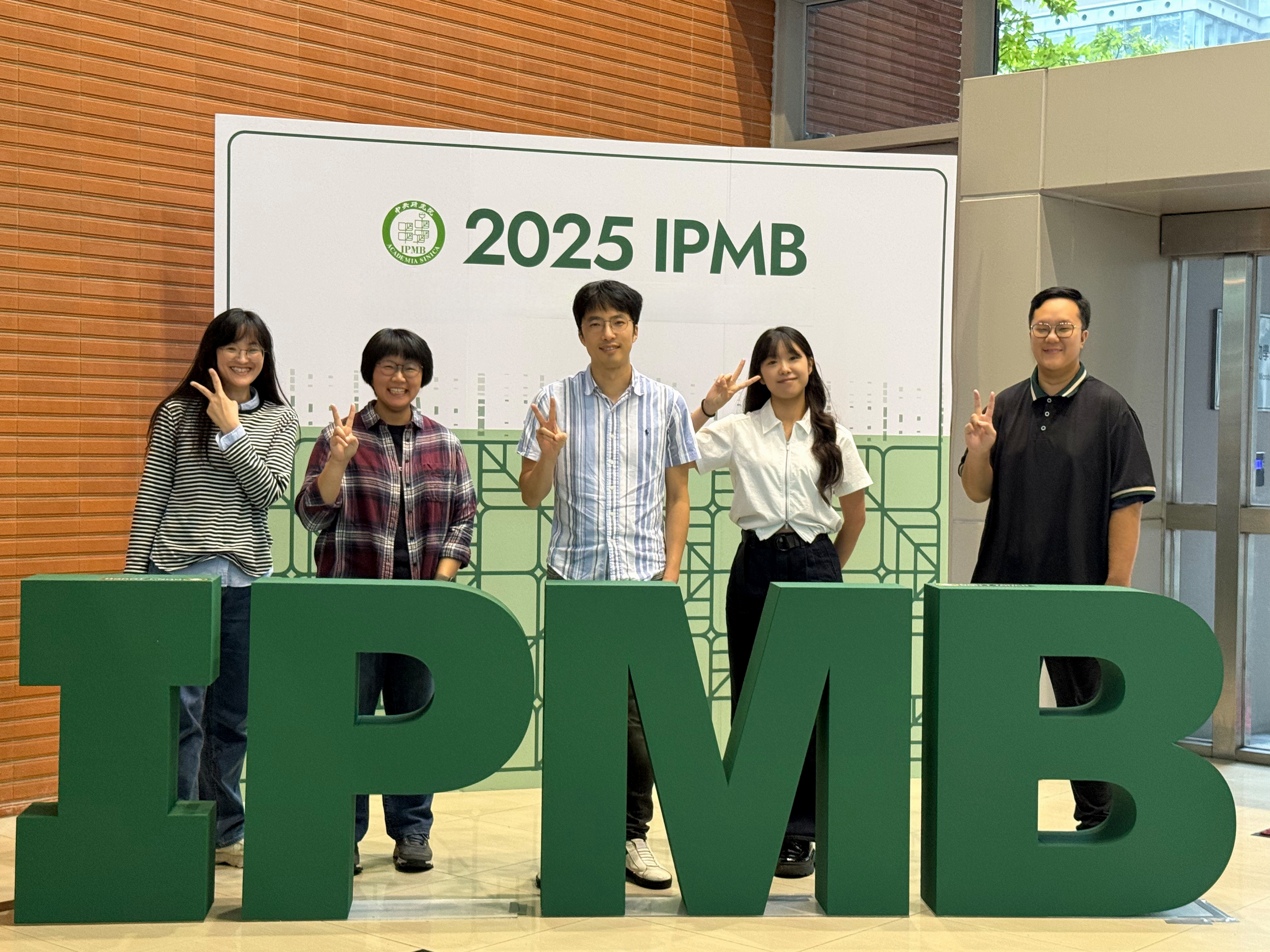蛋白質體核心實驗室

設施委員:
研究助技師:
研究助理:
- 陳瑾玟
- 林佩怡
- 陳亭安
- 陳柏蒼
連絡電話:
- 02-27871157 (許全智)
- 02-27871030 (實驗室)
電子信箱:
- cchsu@gate.sinica.edu.tw (許全智)
- pclipmb@gate.sinica.edu.tw (實驗室)
實驗室位置:
- 農業科技大樓2樓A227室
Protein interactome mapping
Understanding the dynamics of protein-protein interactions (PPIs) in biological systems is critical for deciphering cell signaling pathways. Among the methods for studying PPIs, mass spectrometry-based proteomics is a powerful tool for the study of protein interactions and complexes. Affinity Purification followed by Mass Spectrometry (AP-MS) is a well-established approach for identifying PPIs in complex samples. In AP-MS, the protein of interested (bait protein) is fused with an epitope tag and immunoprecipitated by a specific antibody. The interacting proteins (prey proteins) are pulldown in immunoprecipitation step as well, and then identified by MS. However, transient or weak PPIs, such as kinase-substrate interactions, are still difficult to be identified by AP-MS.
Recently, enzyme-catalyzed proximity labeling mass spectrometry (PL-MS) has emerged as an alternative approach to study protein interaction networks. PL-MS utilizes a fusion protein composed of a promiscuous labeling enzyme and a bait protein to covalently tag a substrate on the proximal proteins within a few nanometers of the labeling enzyme. Subsequently, the labeled proteins/peptides are enriched and then identified by MS. Two enzymes are commonly used for PL: APEX2, an engineered ascorbate peroxidase; and BioID, a promiscuous mutant of E. coli biotin ligase. The disadvantage of BioID is the kinetics is too slow, which requires longer labeling time (18-24 h) to generate enough amount of biotinylated proteins for MS analysis. Alice Ting’s group reported an advanced engineered biotin ligase: turboID, which shows stronger biotinylation activity and higher labeling efficiency than BioID. We now offer two strategies for the identification of biotinylated substrates: biotinylated protein enrichment; and biotinylated peptide enrichment. Please contact us for more detailed information regarding PL-MS strategy.
The two PPI mapping strategies:
- Affinity purification followed by mass spectrometry (AP-MS)
- Proximity labeling followed by mass spectrometry (PL-MS)